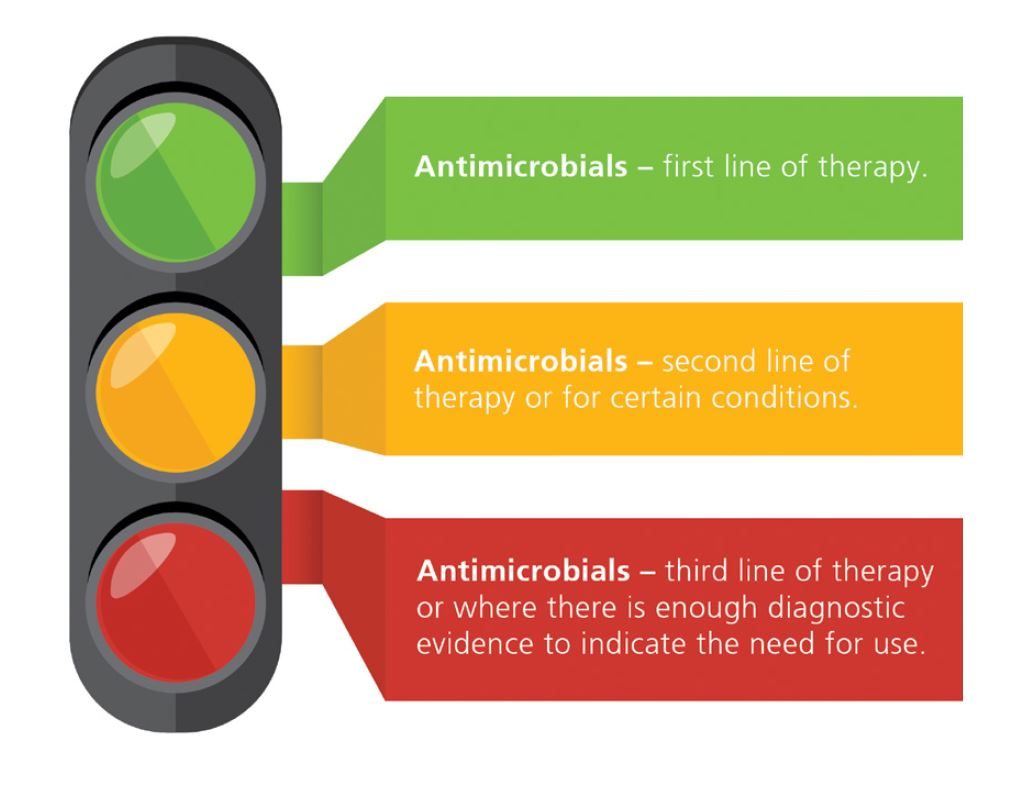Take care using antibiotics for clinical mastitis
DairyNZ’s Jane Lacy-Hulbert explains how farmers can use a “traffic light” approach to manage mastitis and help reduce antibiotic use.


Prudent use of antibiotics in animals helps minimise the risk of bacteria developing resistance. There’s also mounting evidence that antibiotic resistance is building in humans, which can be partly attributed to the use of antibiotics in animals.
That’s why it’s important for farmers and animal health professionals to work together to ensure antibiotics are not overused on farm. Early identification and treatment of clinical cows can assist with this.
Developing a herd health management plan with your vet, alongside your annual RVM (Restricted Veterinary Medicines) review, will help prevent some of the on-farm diseases and health conditions in the first place, which will reduce the need for treatment. It will also minimise the risk of antibiotic resistance in your herd and any flow-on effects into human communities.
GIVE IT THE GREEN LIGHT
New Zealand Veterinary Association (NZVA) guidelines outline a “traffic light” approach when using antibiotics. This system helps you and your vet agree on the treatments to reach for first and identify those requiring more investigation before they can be administered. It’s an easy way to ensure the right cows are targeted with the right treatments, with the right doses and timing of doses, to support cows to return to good health.
Compounds in the green category are generally the first choice or first line of treatment, with compounds in the yellow category used as the second line of approach or for certain conditions where the organism is more susceptible to these products. Compounds in the red category are used only as a last resort or where there’s enough diagnostic evidence to indicate its use.
For most cases of mastitis, intramammary products will be used as they deliver the smallest amount of antibiotic to where it’s most needed. Sometimes injectable products may be preferred or the use of anti-inflammatories may be required to help make the cow more comfortable, and may lead to better outcomes in the long run.
FIND, RECORD AND TREAT ALL CLINICALS
Rapidly finding and treating clinical mastitis cases in the calving period reduces the risk of affecting milk quality. It also reduces the likelihood of infection being passed on to other cows and the development of chronic, longer-lasting infections.
Look for heat, swelling or signs of pain in the udder and/or changes in the milk (wateriness, clots, discolouration) that persist for more than three squirts of milk. Only these cows should be treated. This helps avoid wasting antibiotics on cases that may otherwise clear up on their own.

MORE INFORMATION
You can get tips on rapidly finding and treating clinical cases online at dairynz.co.nz/.
A free copy of the NZVA guidelines on antibiotic use on dairy farms and the “traffic light” approach is available to download from dairynz.co.nz.
KEY POINTS
Identifying and treating clinical cases of mastitis early will help reduce infection and milk quality issues. Talk to your vet about updating or developing a herd health management plan appropriate for your farm, and the “traffic light” approach. This will ensure there is a:
- clear understanding on your farm about how to prevent and treat different conditions
- focus on cow comfort and a rapid return to good health
- reduction in antibiotic misuse and waste.




